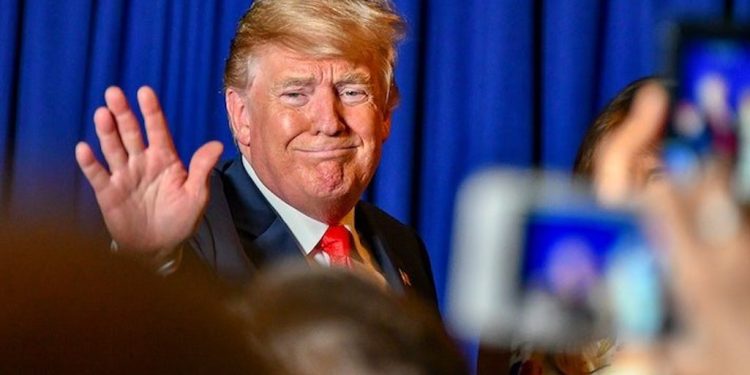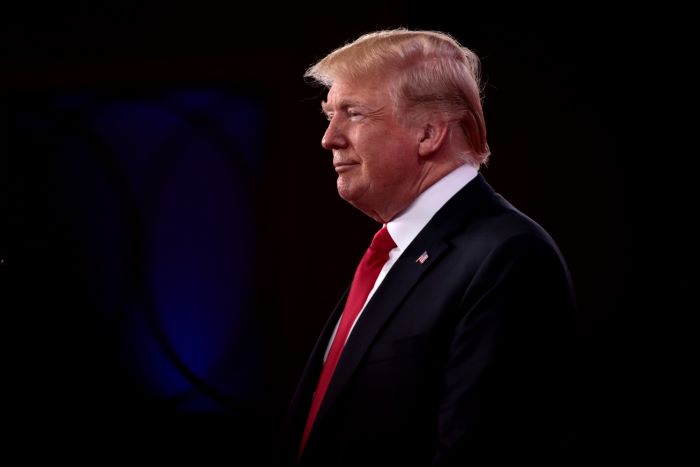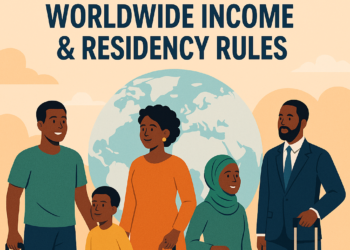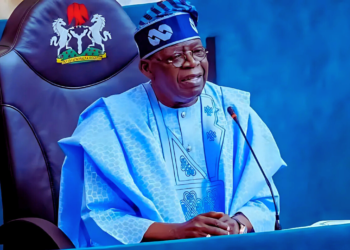The prospect of former President Donald Trump returning to the White House has ignited debates and discussions across the nation and around the globe. There are many who think that dismissing this possibility will be another big mistake like in 2015.
To gain a comprehensive understanding of what this could mean, we will dissect the potential implications of Trump’s second coming, focusing on two broad categories: the impact on American homeland and the repercussions for the world at large.
Within these categories, we will explore various aspects, ranging from domestic policies to global diplomatic relations between the United States and other countries. We shall also make some electoral predictions.
A look at the Implications for the American Homeland
- Unity: One of the most pressing questions is whether a second Trump term could unite a deeply divided nation. The political polarization witnessed during his first term may persist, posing challenges to fostering national unity and bipartisan cooperation.
- Healthcare: Trump’s approach to healthcare, including attempts to repeal the Affordable Care Act, could resurface. Americans will grapple with potential changes in healthcare policies and access to affordable coverage.
- Economy: The Trump administration’s economic policies, marked by tax cuts and deregulation, may influence job creation and economic growth in the U.S. These measures could impact Americans’ livelihoods and financial well-being.
- Law and Order: Trump’s stance on law and order and handling of civil unrest may shape domestic security policies. Questions surrounding policing, racial justice, and civil liberties will remain at the forefront.
- Immigration: Immigration policies, including border security and the fate of DACA (Deferred Action for Childhood Arrivals), will continue to be subjects of debate. The nation will reckon with the potential consequences of stricter immigration measures.
A Look at the Implications for the World at Large
What happens in the United States hardly ever remains in the country alone. There is always a reverberation across boarders in many ways. So, the world is certainly interested in how the US 2024 presidential election will play out and where Trump stands in the calculations.
Foreign Policy and Geopolitics under a second Trump presidency could result in shifts in global dynamics. His “America First” foreign policy approach might lead to realignments of alliances, affecting international relations and diplomatic strategies.
While foreign policy is dynamic and influenced by various factors, including evolving global events, here’s an analysis of what U.S. foreign policy could look like in different regions:
- North America: Under a second Trump term, U.S. relations with Canada and Mexico would likely continue to be influenced by trade negotiations. The United States-Mexico-Canada Agreement (USMCA), which replaced NAFTA, could face further scrutiny and potential renegotiation.
- Africa: In Africa, U.S. foreign policy may focus on counterterrorism efforts and resource competition. Trump’s administration has shown interest in addressing security challenges in the Sahel region and the Horn of Africa. Additionally, economic competition, particularly with China, over access to African markets and resources could continue.
- Europe: U.S.-European relations may remain strained in a second Trump term, as disagreements on defence spending, climate change, and Iran nuclear deal persist. NATO could face further pressure to increase defence expenditures, while the U.S. might continue to pursue bilateral trade agreements with individual European countries.
- Middle East: In the Middle East, the Trump administration has taken a strong stance in support of Israel and against Iran. A second term would likely see the continuation of this approach, including efforts to isolate Iran through sanctions and diplomatic measures. The Israeli-Palestinian conflict may remain unresolved, with the U.S. potentially favouring Israeli positions.
- Asia: U.S.-China relations would continue to be a central focus of U.S. foreign policy. A second Trump term could see the continuation of the trade dispute and efforts to address issues like intellectual property theft and technology competition. The South China Sea dispute and U.S. alliances in the Asia-Pacific region would also be key concerns.
- Latin America: U.S. policy toward Latin America could emphasize immigration and border security, with a focus on reducing undocumented immigration. Relations with countries like Venezuela and Cuba would likely remain contentious, while the U.S. may seek to strengthen ties with allies in the region.
- Complex Relationship with China and Russia: Trump’s administration witnessed complex relationships with China and Russia, marked by trade disputes, sanctions, and strategic manoeuvring. The world will closely monitor how these relationships evolve under a second term of Trump.
- Other Global Challenges: Under a second Trump term, the United States could continue its withdrawal from international agreements and organizations, such as the Paris Agreement and the World Health Organization (WHO). This approach would prioritize U.S. sovereignty and interests over global cooperation.
It’s important to note that foreign policy can be influenced by a wide range of factors, including diplomatic developments, global events, and congressional actions.
Additionally, public opinion and electoral dynamics can shape the direction of foreign policy decisions. As such, the analysis provided is subject to change based on evolving circumstances.
What are the American Electorates Thinking on these issues?
The potential return of Donald Trump to the U.S. presidency presents a complex and multifaceted landscape for both the American homeland and the global community.
Questions of unity, healthcare, the economy, law and order, and immigration will dominate domestic discussions. Meanwhile, foreign policy dynamics, especially concerning China and Russia, will shape international relations.
As the election season unfolds, predictions on the behaviour of American voters become paramount. Understanding the electorate’s sentiments, preferences, and priorities will be crucial in forecasting electoral outcomes.
However, predicting the behaviour of American electorates in response to these implications will be difficult. Sometimes patterns of polling never give you the whole clue on what is really happening. 2015 made that clear.
As the nation and the world prepare for the possibility of a second Trump presidency, staying informed and engaging in open dialogue will be essential to navigating the challenges and opportunities that lie ahead.
For any enquiries please, email our editorial team at [email protected]. If you liked this story, kindly sign up for Clariform Newsletter, a handpicked selection of stories that helps you clarify things that matter and gives you clear signals about your world, delivered directly to your inbox.
Please subscribe to our YouTube channel, and join thousands of Clariform on Facebook, Twitter and Instagram.













